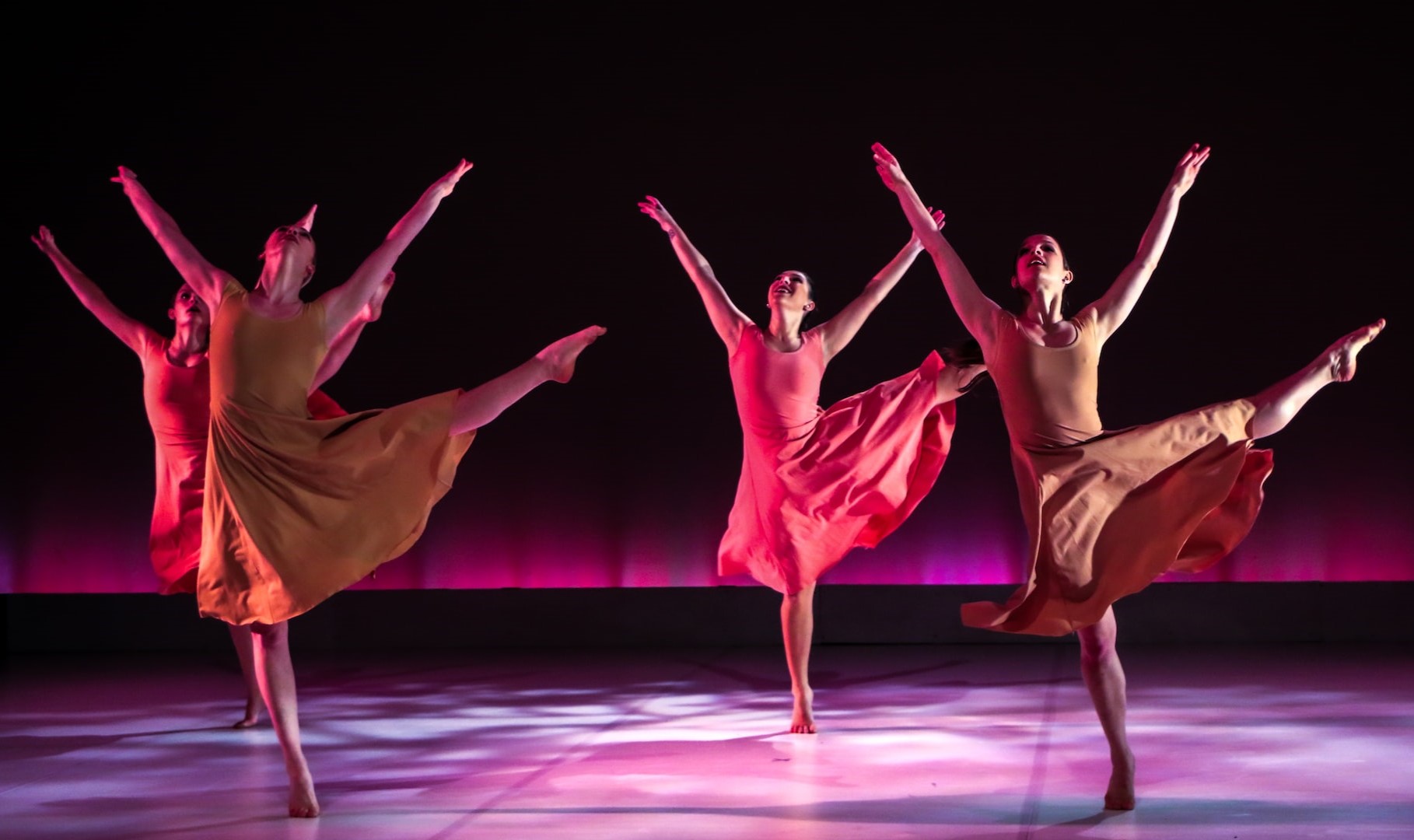Ballet is an artistic dance form that can captivate people of all ages and backgrounds with sophisticated steps and gestures. It is a dance style that boasts more than beauty and grace.
A ballet dancer will make you gasp as they perform in front of thousands of audiences while mesmerizing by the stage’s fantastic lighting. If you are curious whether ballet is worth your time, let’s get deeper into this dance craft!
Is Ballet Hard?
Ballet is a graceful dance that requires patience, precision, and strength. It has a high level of artistic expression and technical difficulty. You can expect it to be the most difficult of dance styles to master. Additionally, ballet movements are sophisticated and elegant, emphasizing musicality and gracefulness. Moreover, it requires complex artistic choreography with coordination and balance!
So, if you are already thinking about pursuing ballet as one of your passions, let’s get started!
1. Endurance, Balance, Flexibility, and Grace
Ballet is an incredibly expressive and stunning art form representing grace and admiration.
As you can see, ballerinas must constantly endure gravity since the discipline’s jumps, twirls, and complex movements leave the body trembling.
To a greater or lesser extent, ballet training encompasses all facets of physical fitness.
Try ballet to build agility, endurance, flexibility, balance, control, posture, and coordination!
2. Most Difficult Dance Style to Master
Being a ballet dancer requires a lot of time, perseverance, and training. Ballet is probably one of the highest effort dance styles to perfect.
For the former students, the Grand Adage body movement is the trickiest component of any ballet sequence.
While ballet moves require discipline, practice, and skill to perform, they are amusing to witness on stage!
3. Ballet is an Artistic Dance Form
About 1500 years ago in Italy, a ballet first appeared. ‘Ballet’ and ‘ball’ are derived from the Italian verb ‘ballare,‘ meaning to dance.
As ballet’s popularity increased in Russia in the 19th century, Russian choreographers elevated the art form with distinctive motions and attire.
The character of modern ballet is a result of the interaction between classical forms, traditional tales, and current choreographic innovations.
Ballet is a distinguished creative dance form made possible by a human movement that can convey a message, idea, or feeling!
4. Performance, Fitness, and Endurance in Ballet
Ballet is a style of theatrical dance that combines a sophisticated, academic dance technique with other creative components like costumes, stage design, and music.
It demands proper spine alignment, a crucial aspect of ballet training, and emphasizes good posture.
Additionally, ballet dancers have an outstanding balance. Posing the correct way goes hand in hand with learning the proper weight placement.
Most significantly, synchronization is essential. As you’ll see, most ballerinas are adaptive, though some do it more naturally than others!
5. Ballerina Dancewear
Before starting your training, you must obtain leotards, black tights, and ballet shoes.
In case you have long hair, you may need hair ties and bobby pins to keep your hair out of your face, and having a bag for all your dancewear is also a fantastic idea.
Ballet dancers that perform in the classical style must wear a specific costume, often in the same color. The primary reason behind this is to reduce distractions in the classroom.
You might have to pay $200 to $400 for all these dancing gear, and you can get them at your favorite local or online retailers!
6. Social and Mental Benefits of Ballet

Music and movement are two dance elements known to uplift people.
For example, some people view ballet as a form of powerful storytelling. Therefore, learning ballet in your spare time is a great way to express yourself creatively.
Some see it as an excellent opportunity to meet new people who share their interests and hobbies. In contrast, others are dedicated to achieving appropriate posture.
Generally, building a supportive group through ballet classes can help you improve your social and mental health!
7. Ballet Dance Studios
It’s a terrific idea to invest in a dance school and take lessons as a dancer under the direction of a ballet master.
Keep in mind that ballet is never a self-taught art. Instead, aspiring dancers have always received instruction from experts.
In the U.S., you may enroll at top Ballet schools like the School of American Ballet, Joffrey Ballet School, NYC, and Houston Ballet Academy. Additionally, other suitable local ballet classes may be available in your area.
Expect to spend between $350 to $1000 monthly on tuition for ballet classes. Otherwise, take advantage of the free online student community available to you!
8. Becoming a Ballet Master
According to research, a professional ballet master must train for 8 to 10 years. Those who want to teach ballet can find jobs at private studios or schools.
Ballet masters are frequently in charge of leading the daily company ballet class training and classical onstage ballets.
Additionally, it’s crucial to keep performing while working as a ballet teacher. So spending roughly 10 hours a day practicing and performing is still advised.
One must be driven to complete their instructor training programs if they want to pursue this dance skill and be ready for ballet performances at a private studio!
9. Taking Sufficient Breaks to Continue to Learn Ballet
By crossing off several items on your to-do list at once, you may balance your ballet training over personal errands in the best way possible.
It is basic knowledge that time management is the most effective strategy to gain more time each week.
Six to seven hours of dancing per day, or 36 to 40 hours of instruction per week, is typical.
However, when it becomes stressful, one must look within. If you lose sight of the primary reason for pursuing ballet, stop and consider why you’re enrolling in the classes!
10. Societal Issues in Ballet
As a ballet dancer, hearing comments about how you look impacts your body image and may cause you to feel anxious, humiliated, and uncomfortable.
After stage performances, both praise and judgments are expected. However, in reality, many ballet dancers have faced body shaming in most circumstances due to their body shapes.
As a result, they could feel inadequate and undeserving if they don’t meet society’s criteria!
11. Potential Body Injuries
Dance is not only physically demanding, but it also entails a high risk of injury. Twisted ankles, leg injuries, back injuries, hip injuries, sprained wrists, and bruised knees are common injuries for ballet dancers.
Because ballet dancers constantly practice their skills, they frequently develop body injuries, including stress fractures and tendinitis.
Ballet can cause physical health issues like ankle sprains, shin splints, and muscle spasms due to its demanding training requirements!
To learn more, you can also see our posts on Zumba, Tango, and Tap Dance.
Conclusion
When it comes to learning ballet, every skill, regardless of the level of difficulty, has the potential to be personally rewarding if done right.
However, ballet can still be extremely harsh and even exhausting.
There is some risk, so you must listen to your body first and foremost and take lessons from a reputed ballet school.

